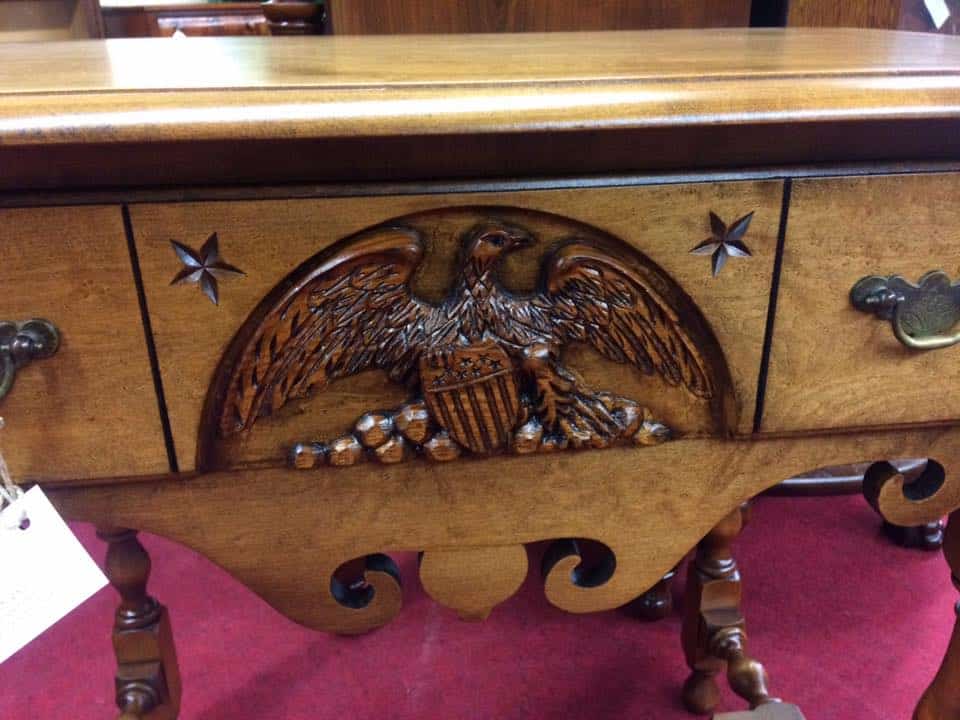
Do you have old furniture that you suspect might be valuable? Whether it’s a family heirloom or a thrift store find, there are certain indicators that can help you determine if it’s worth holding onto or selling. Here are five key things to look for when assessing the value of old furniture.
Age and Historical Significance.
The age of a piece of furniture is one of the most important factors in determining its value. Generally, the older the piece, the more valuable it is likely to be. Additionally, furniture with historical significance, such as pieces made during a particular era or by a well-known designer, can also be highly valuable. Look for markings or labels that indicate the age or origin of the piece, and do some research to learn more about its history.
Quality of Craftsmanship and Materials.
Another key indicator of valuable old furniture is the quality of craftsmanship and materials used in its construction. Look for pieces that are made from high-quality materials such as solid wood, rather than particle board or laminate. Additionally, examine the piece for signs of expert craftsmanship, such as dovetail joints or hand-carved details. These details indicate that the piece was made with care and attention to detail, which can increase its value.
Unique Design and Style.
Another important indicator of valuable old furniture is its unique design and style. Pieces that have a distinct style or design, such as Art Deco or Mid-Century Modern, are often highly sought after by collectors and can command a higher price. Look for pieces that have unique features, such as unusual shapes or decorative elements, that set them apart from more common designs. These unique pieces are often more valuable and can be a great investment for collectors.
Condition and Restoration.
The condition of the furniture is a crucial indicator of its value. Look for pieces that are in good condition, with minimal damage or wear and tear. Furniture that has been well-maintained and cared for over the years is more likely to retain its value. Additionally, pieces that have been professionally restored can also be more valuable, as long as the restoration was done correctly and does not detract from the piece’s original character and charm. Be wary of furniture that has been over-restored or altered in a way that diminishes its authenticity and value.
Provenance and Documentation.
Provenance and documentation are important indicators of a piece of furniture’s value. Provenance refers to the history of ownership and the origin of the piece, while documentation includes any paperwork or records that accompany the piece. Furniture with a well-documented history and provenance can be more valuable, especially if it has a connection to a famous or historical figure. Look for pieces with clear markings or labels that indicate the maker, date, and origin of the piece, as well as any accompanying paperwork or documentation.
